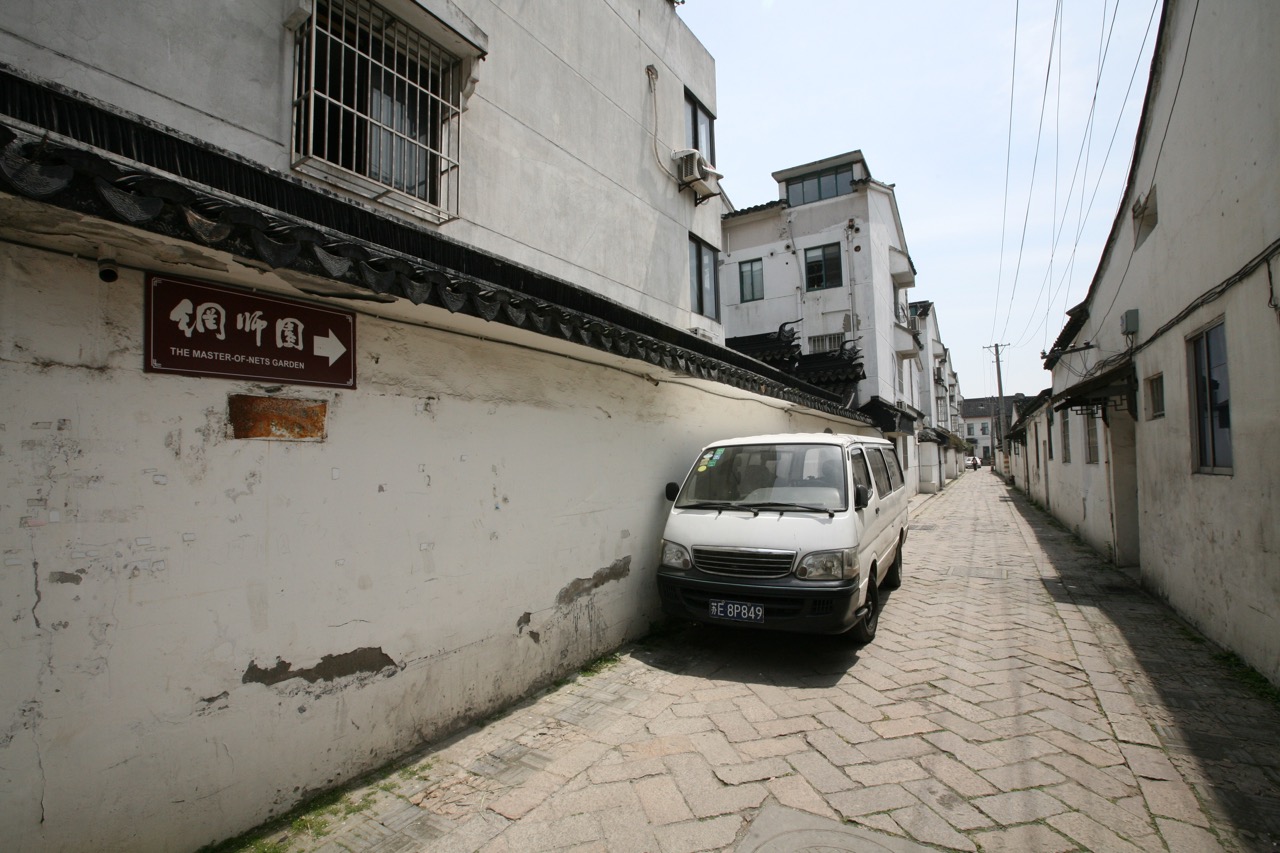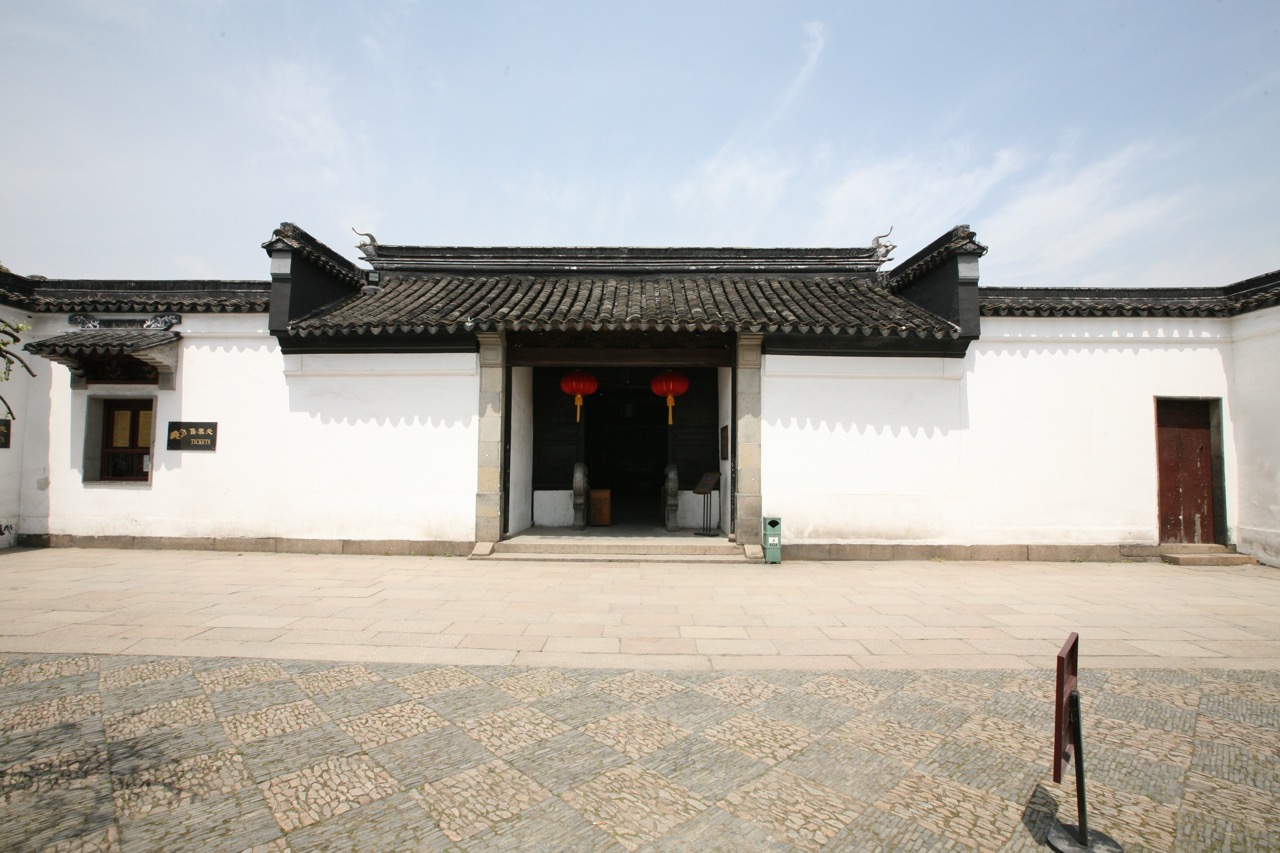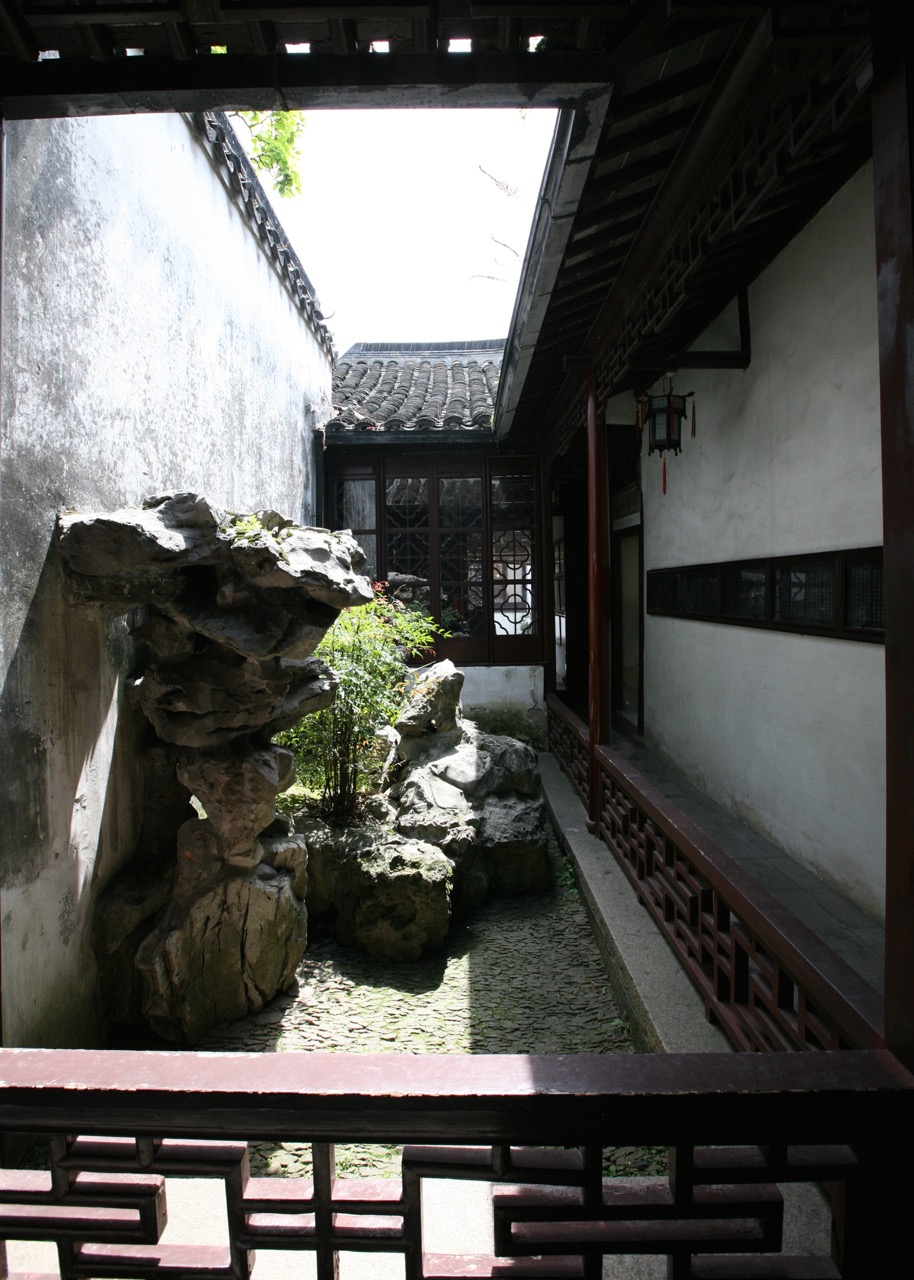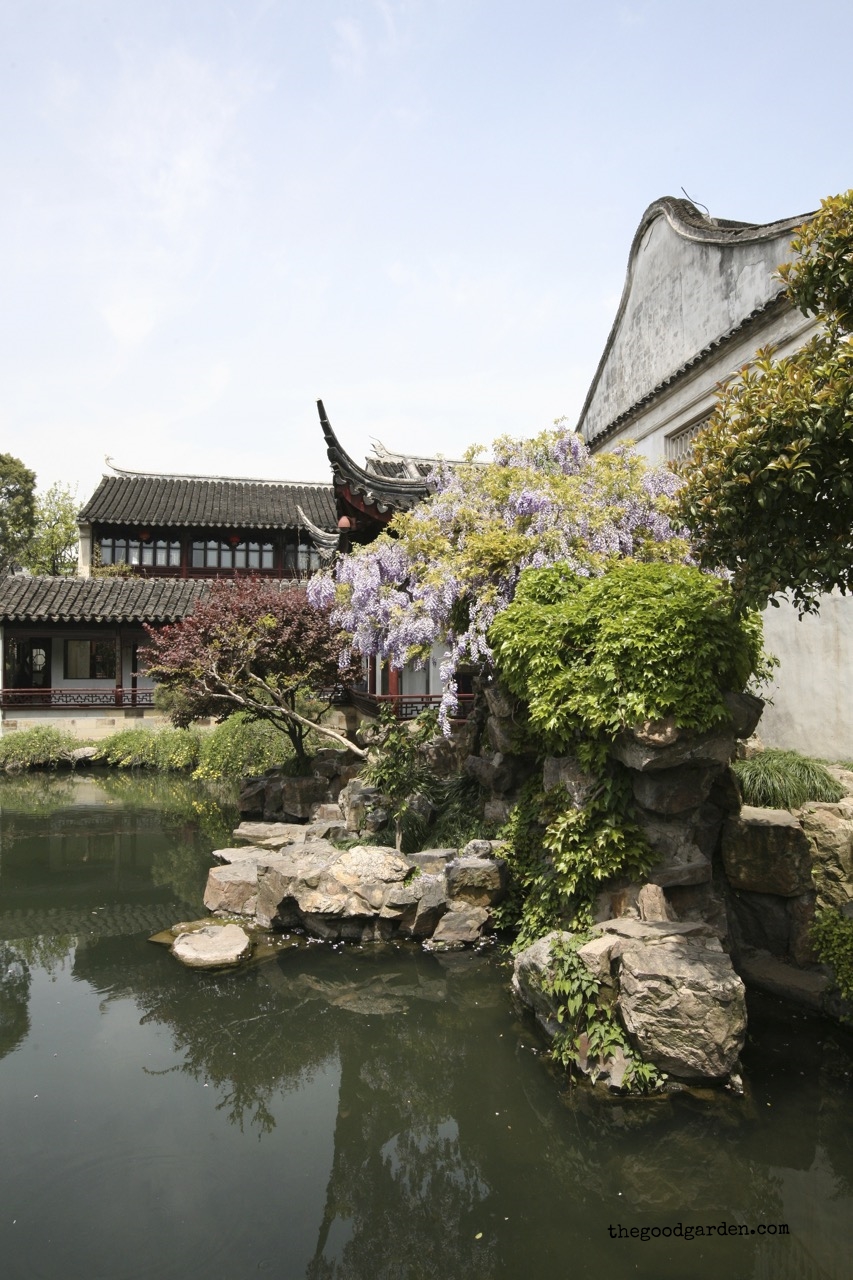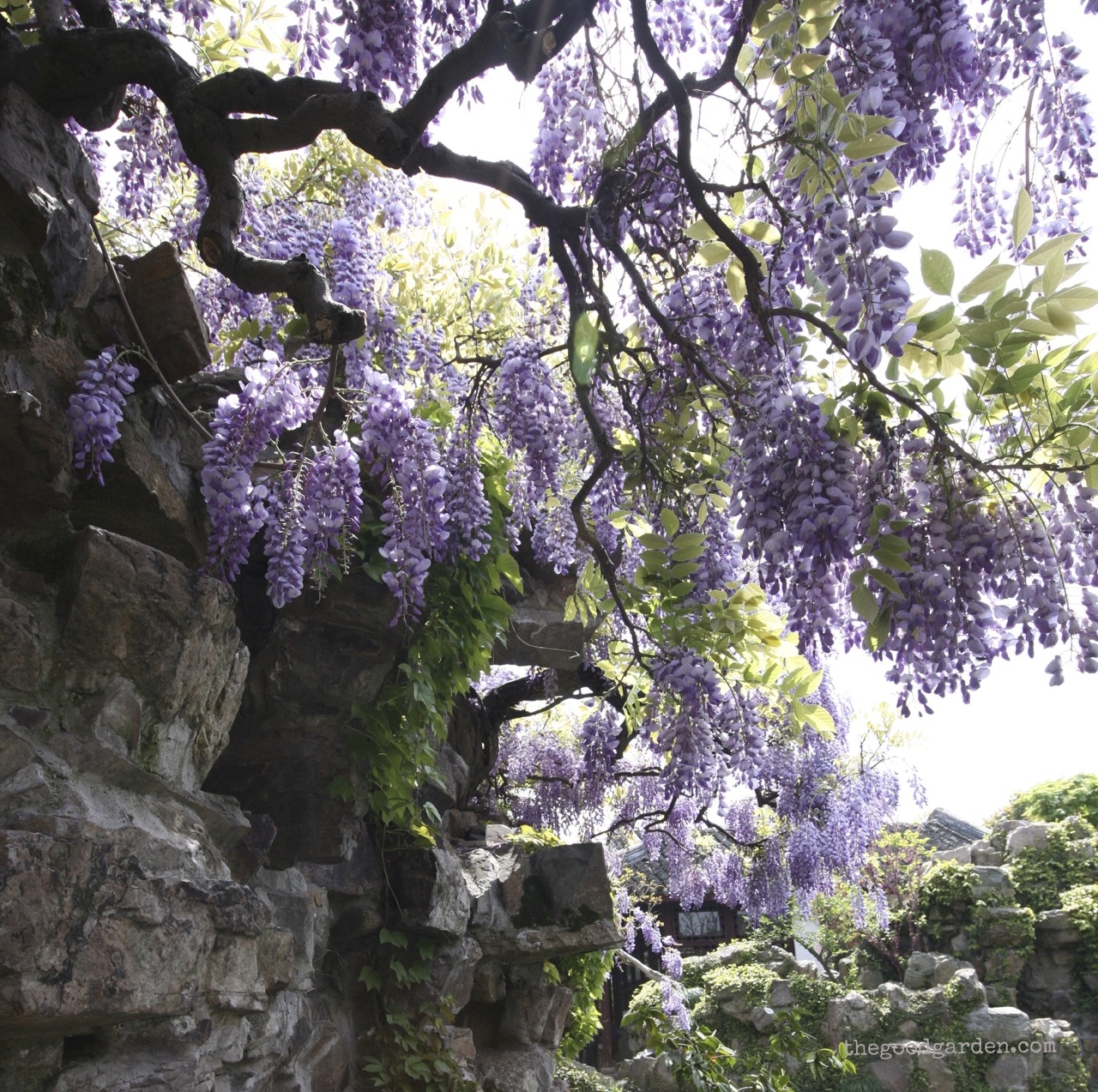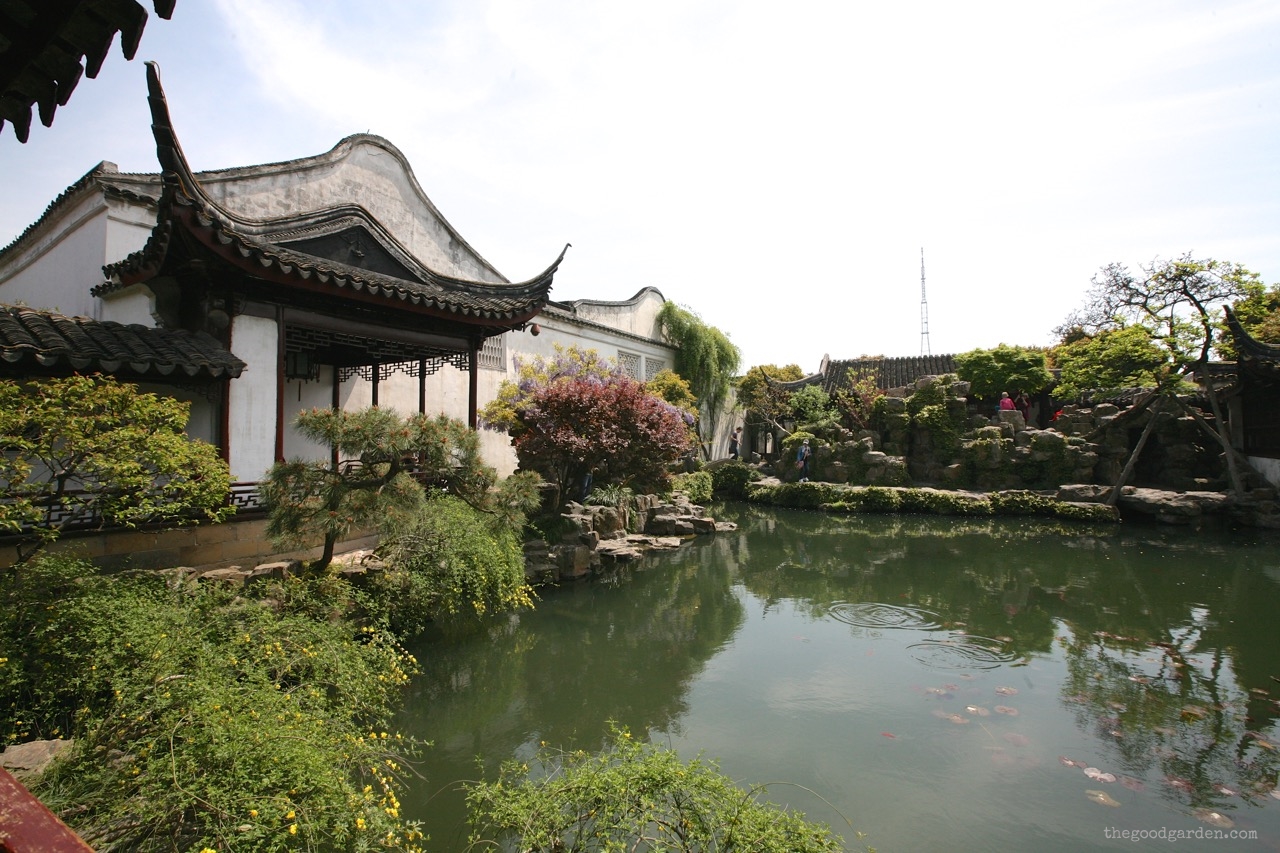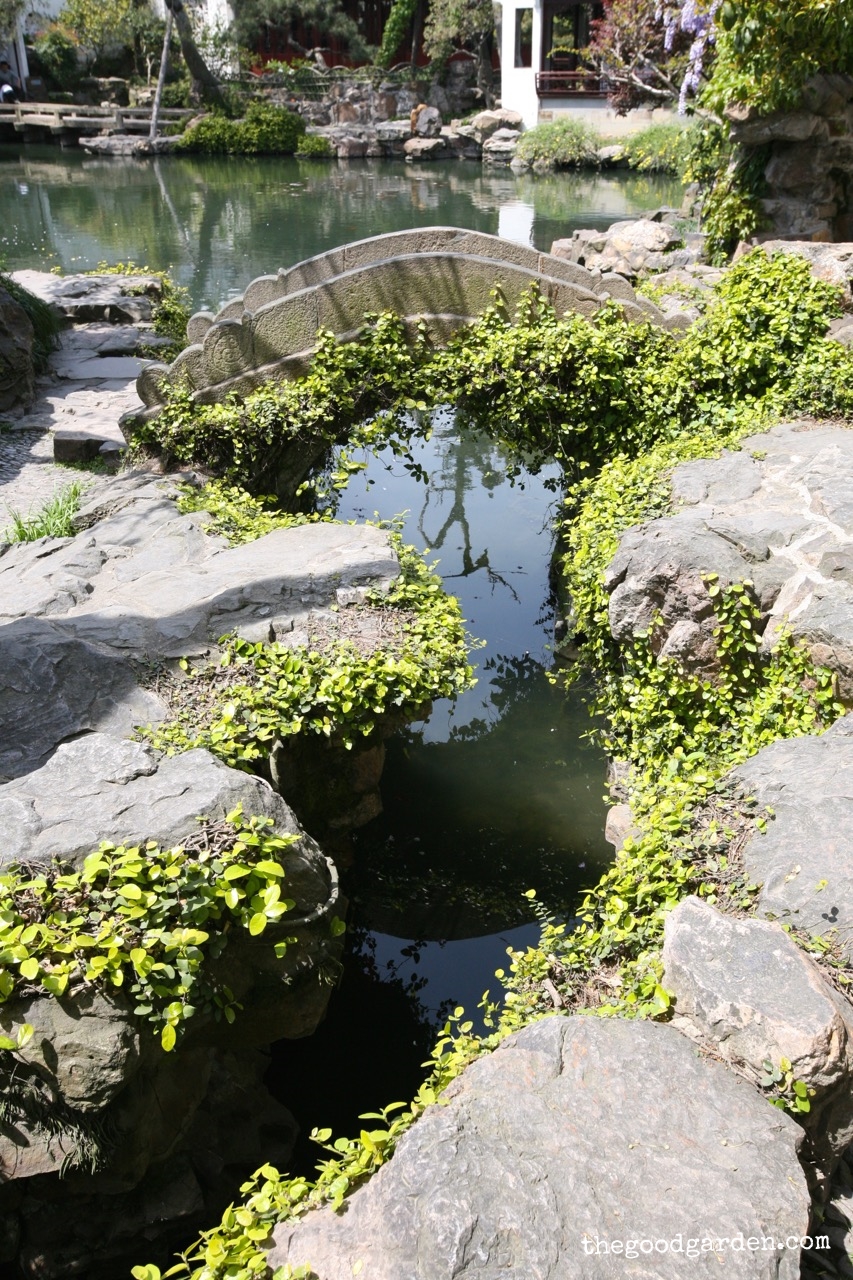Happy Lunar New Year! Also referred to as the Chinese New Year and Spring Festival, this week-long holiday is thousands of years old and perhaps the most important in the region.
It is a time to celebrate with family and friends. Traditions include offering good luck wishes in red envelopes and eating fish.
The holiday is associated with the Chinese zodiac where your sign is determined by your birth year. This is the year of the Monkey. People born this year tend to be adventurous, ambitious; they can get irritated easily.
I would have been lost had it not been for this small sign.
In the spirit of Lunar New Year, let’s visit one of the oldest scholar gardens in Suzhou, China – The Master of Nets Garden. It was “born” in 1140, which was also the year of the Monkey.
At slightly over an acre, The Master of Nets is a wonderful example of what can be done in a relatively small space.
Its history mirrors that of many Suzhou gardens. For centuries the city was a magnet for retiring government officials. These were people who had done well in the competitive world of state business and sought a restful spot to dedicate time to painting, music, poetry, and garden making.
The entrance to the residence flows directly from the street. Skipping an entry garden frees up more room for the back garden.
In 1140, retired government official Shi Zhengshi built the Master of Nets Garden in the spirit of a fisherman’s retreat. Its first structure was called the Hall of Ten Thousand Volumes. In 1785, Song Zongyuan, also a retiring government official, added the courtyard home that we see today.
My taxi dropped me off in at the edge of a densely packed neighborhood of narrow streets. I thought this to be the last place to find an ancient scholar garden, but a small sign pointed the way. The short walk left the busy city street behind and added a sense of anticipation.
I wondered who had arrived in this bright red rickshaw.
On the day of my visit a bright red rickshaw added color to the stone and pavement entryway. The façade of the house from the street does not hint at what lies beyond. In typical scholar garden style, the residence is entered right from the street. Because no space gets wasted on front plantings, the back garden is as large as possible.
Once inside, one discovers a series of intimate corridors and halls, punctuated by small spaces for planting. Zigzagging hallways add to the compression of space and serve to slow one down.
After a few turns, the journey is rewarded. The view opens up completely to the central feature of the garden – the Rosy Clouds Pool. Though square in shape, natural rocks and plantings soften its edges. Pavilions invite visitors to enjoy the views on all sides; each is a perfect composition. Paths lead to smaller garden rooms behind these viewing areas.
The pond is fed by a spring behind a cove. Masterful rock arrangements and an arched stone bridge mark the place where water gently pours out through a small stream.
Contrasts make this garden powerful. The dark interior and minimally planted pocket gardens open to the large bright space dominated by water and sky. It is dramatic.
This technique of designing the garden around a large central feature – in this case a pond – is a common feature of the scholar garden.
Best wishes for a healthy and prosperous new year! Click here to see more Chinese garden stories.

